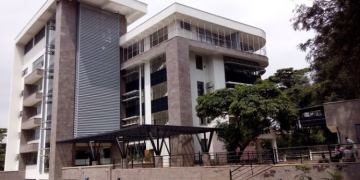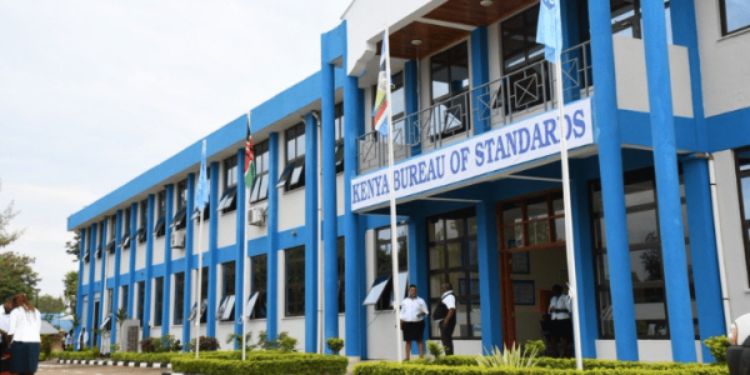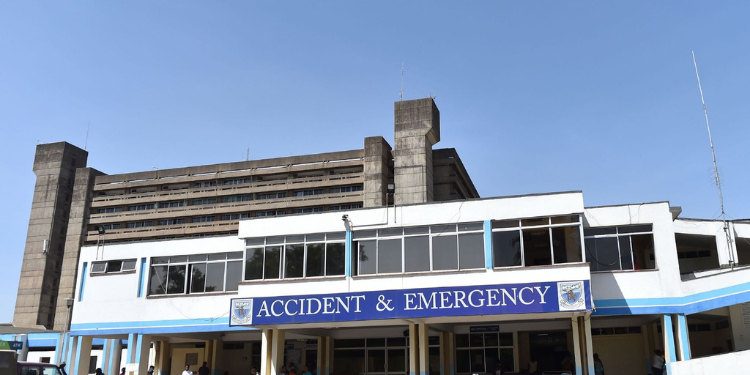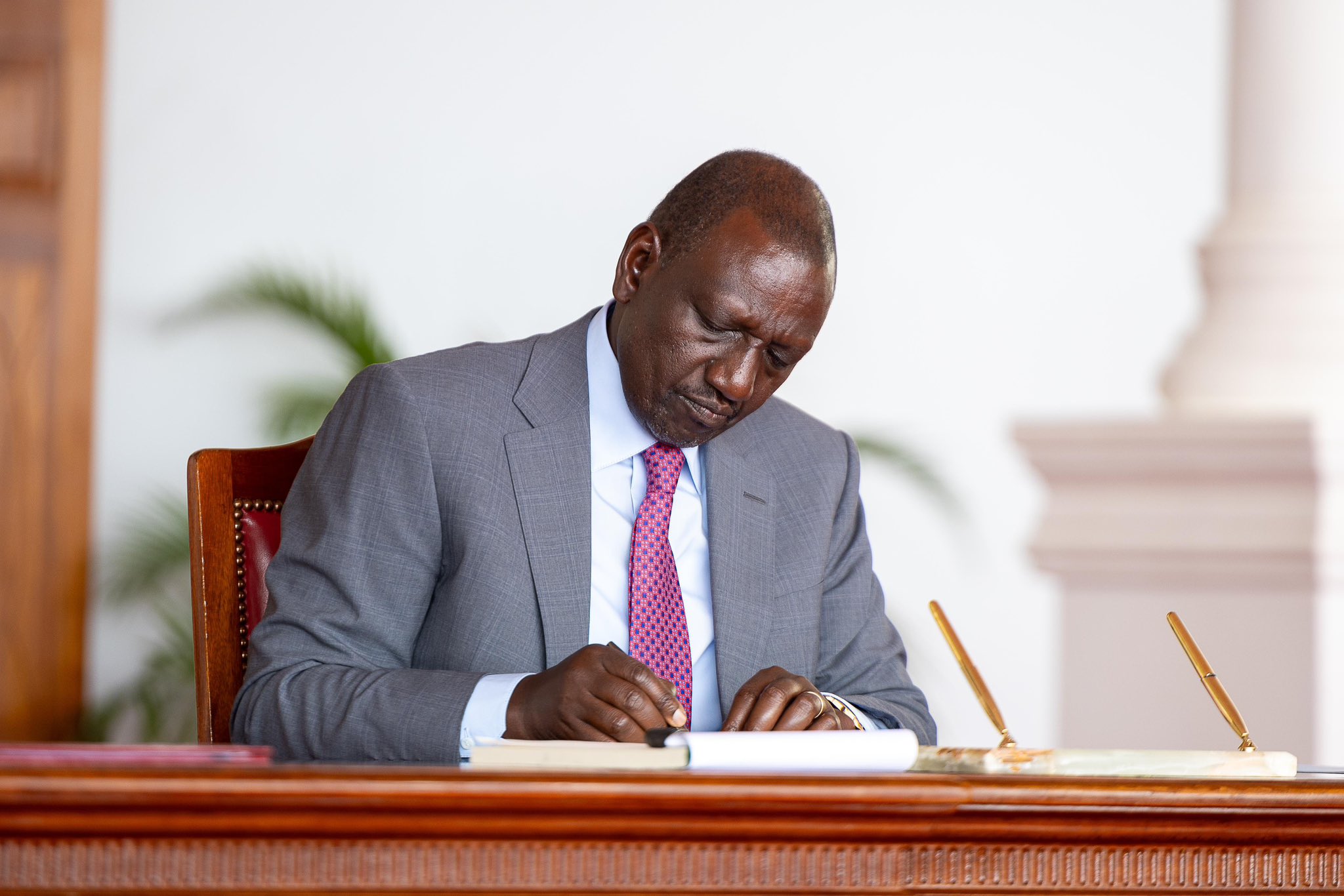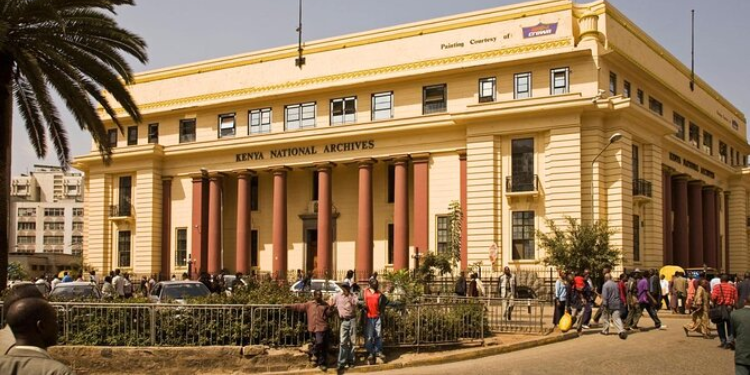The government has announced plans to relocate the Kenya National Archives from its iconic building in Nairobi’s Central Business District (CBD).
The Kenya National Archives, situated at the edge of the CBD in downtown Nairobi along Moi Avenue next to Ambassadeur Hotel, has long been more than a repository of the country’s heritage. It is a major city landmark and a beloved meeting point for many Kenyans in the capital.
However, this is set to change as plans to move the Archives out of the Nairobi CBD begin to take shape.
Ministry of Culture, Arts and Heritage Cabinet Secretary Hanna Cheptumo and Permanent Secretary Ummi Bashir revealed the plans during an event on Thursday, August 21, where the United Kingdom handed over more than 300,000 digitized colonial-era files to Kenya.
These documents, once kept secret during British colonial rule, represent a significant step in the ongoing repatriation of Kenya’s historical records.
Speaking at the event, CS Cheptumo and PS Bashir cited growing security concerns as one of the key reasons behind the relocation plan.
Why Govt Plans to relocate the Kenya National Archives
According to them, security concerns heightened by the recent Gen Z protest, where attempts were made to torch the Archives, have added urgency to the relocation plans.
PS Bashir noted that the government is seeking a safer, quieter, and more accessible location for the institution.
“We would like to see how we can safeguard our assets in this building and how we can take it to a place where the researchers can have an environment that they can produce content, do research, and even for doctoral researchers who come here to be comfortable,” she said.
CS Cheptumo added: “In terms of moving, yes, that is a process, and we are not moving because of anything, just to ensure that we have a bigger and a better place where we can all access, where there’s parking, and there’s no noise.”
The Kenya National Archives and Documentation Services (KNADS) was established in 1965, and it holds 40,000 volumes.
KNADS was established by an Act of the Parliament of Kenya in 1965 and was placed under the office of the Vice President and the Minister of Home Affairs.
Also Read: Afya Center, Archives & Ambassadeur: Stories of Nairobi’s Iconic Landmarks
It is currently under the office of the Vice-President and the State Department for National Heritage and Culture. The Kenya National Archives building also houses the Murumbi Gallery, which contains African artifacts that were collected in the 19th century.
Functions of the Archives
The mission of KNADS is among others to offer consultative records management services to the public service; acquire and preserve valuable public as well as private records as part of the national documentary heritage; and ensure the timely accessibility of records and archives to users.
It examines public records and provides advice on the care, preservation, custody, and control, published indexes and guides to calendars and texts of all public archives, authenticates copies of and extracts from public archives, lends any public archives for display at commemorative exhibitions or for other special purposes, and issuance of research permits for preserved archival records
The service also authorizes the destruction of valueless public records, digitizing of documents, the retrieval of audiovisual material (photographs and maps), and gives access to group visits to the archival sections and entry to the Murumbi gallery.
Also Read: Kenyan Town Added to UNESCO’s World Heritage List
KNADS further spearheads conservation and restoration services through binding, salvage of wet documents, and De-acidification and repair of documents
The gallery is situated on the ground floor of the Kenya National Archives building, and it is named after Joseph Murumbi, who was the second vice president of Kenya. It is currently the largest Pan-African art gallery in Africa, and it contains ancient art collections from different regions and communities of Africa.
In addition, the government acquired the collected artifacts after a concessionary arrangement was agreed upon with Joseph Murumbi, who had initially turned down several huge offers to buy his collections from overseas bidders.
Kenya receives digitized colonial-era documents from UK
The Thursday event marks a historic milestone, as Kenyans and foreigners will gain access to over 300,000 digitized historical records that were previously taken to the UK during colonial rule.
The UK government donated ICT equipment to the Kenyan National Archives, making it possible for members of the public to officially access the digital collection.
“Kenya was the first post-colonial government to formally demand the return of these records, and our persistence over the decades has borne fruit,” said CS Cheptumo.
The UK government says the move will enable Kenyans to better understand and tell their own history. The digital collection features files on the Mau Mau insurgency, records of collective punishment, and detailed accounts of detainees.
“This is a moment to ensure that that information is now accessible to researchers here and for us all to better understand the history that lies behind us,” said UK Deputy High Commissioner to Kenya is Dr. Ed Barnett.
The repatriation and open access to these documents position Kenya among the first African nations to reclaim its colonial era archives, ensuring future generations can explore their history without ever leaving their homes.
Follow our WhatsApp Channel and X Account for real-time news updates.
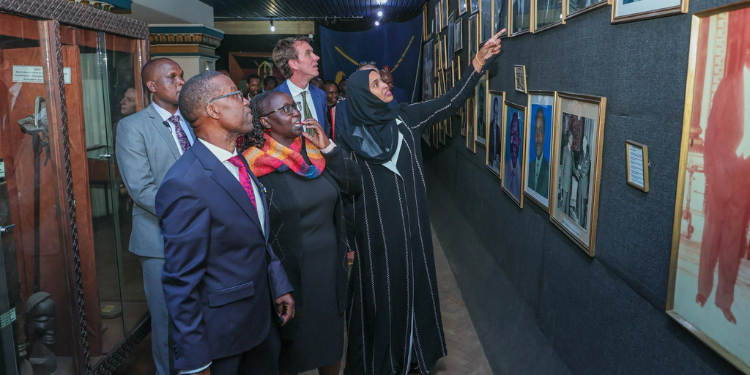


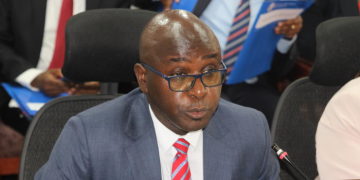










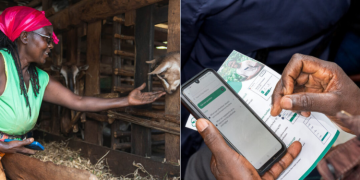


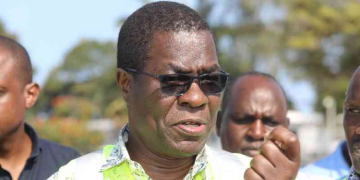



![Billions Each Top Kenyan Bank Has Made So Far In Profits This Year [List] Q3 2025 Results For Equity, Kcb, Co-Op, Absa And Other Banks]( https://thekenyatimescdn-ese7d3e7ghdnbfa9.z01.azurefd.net/prodimages/uploads/2025/11/C0-OP-KCB-Equity-Absa-360x180.png)



